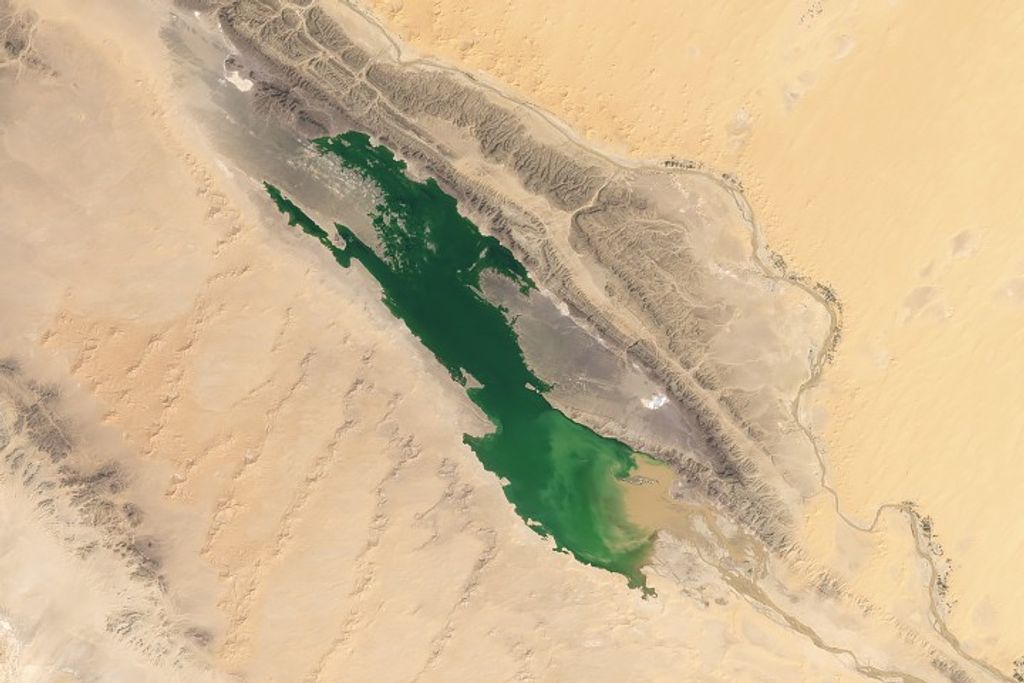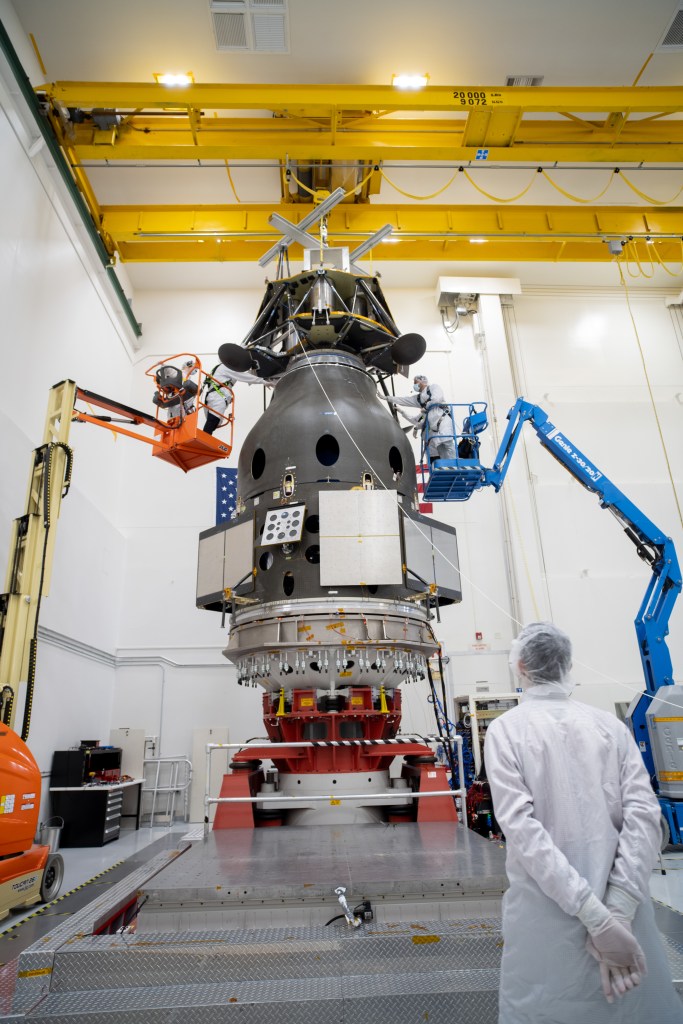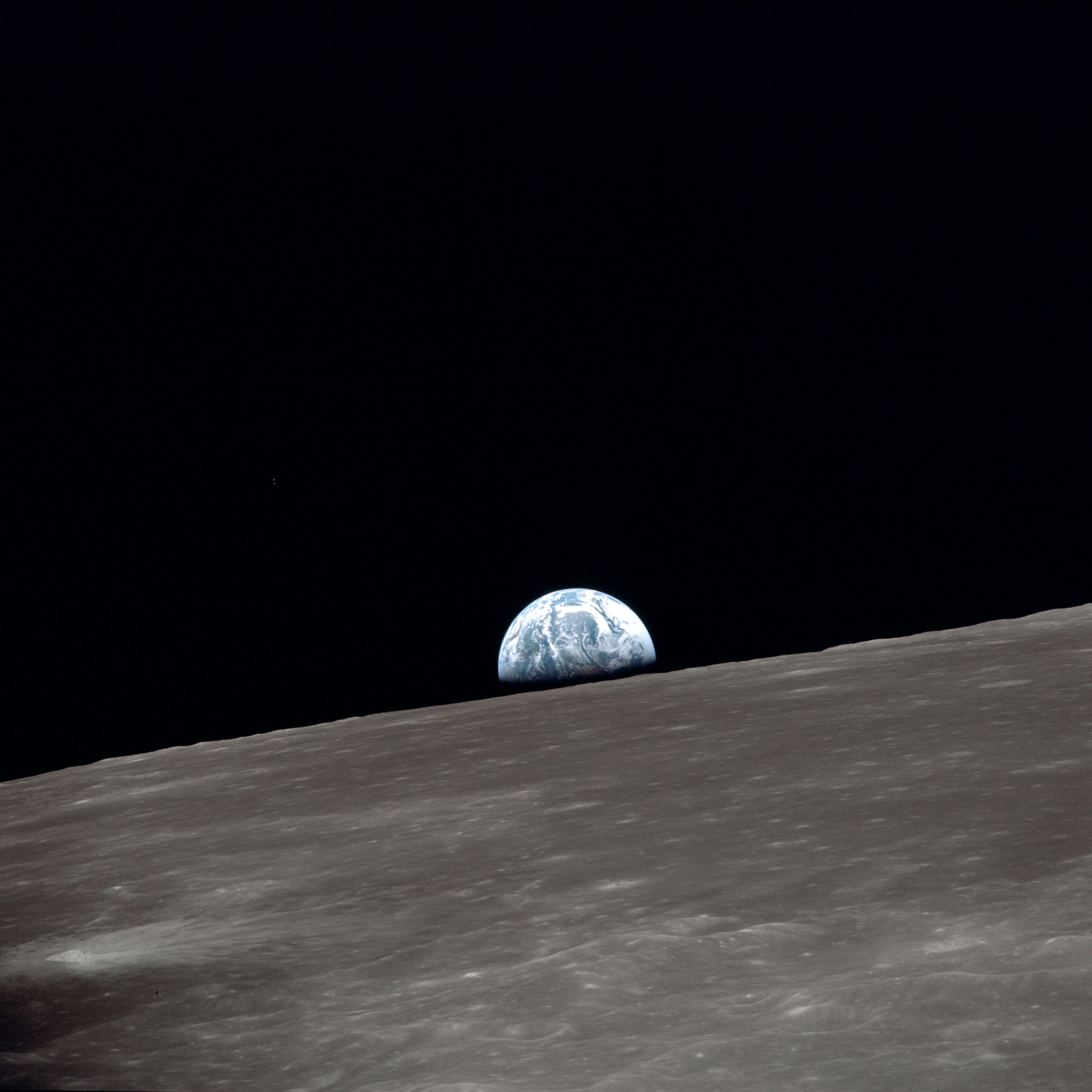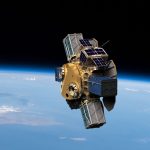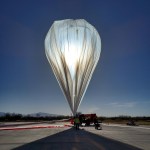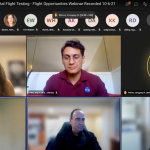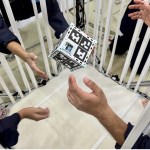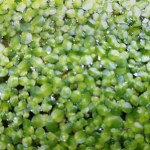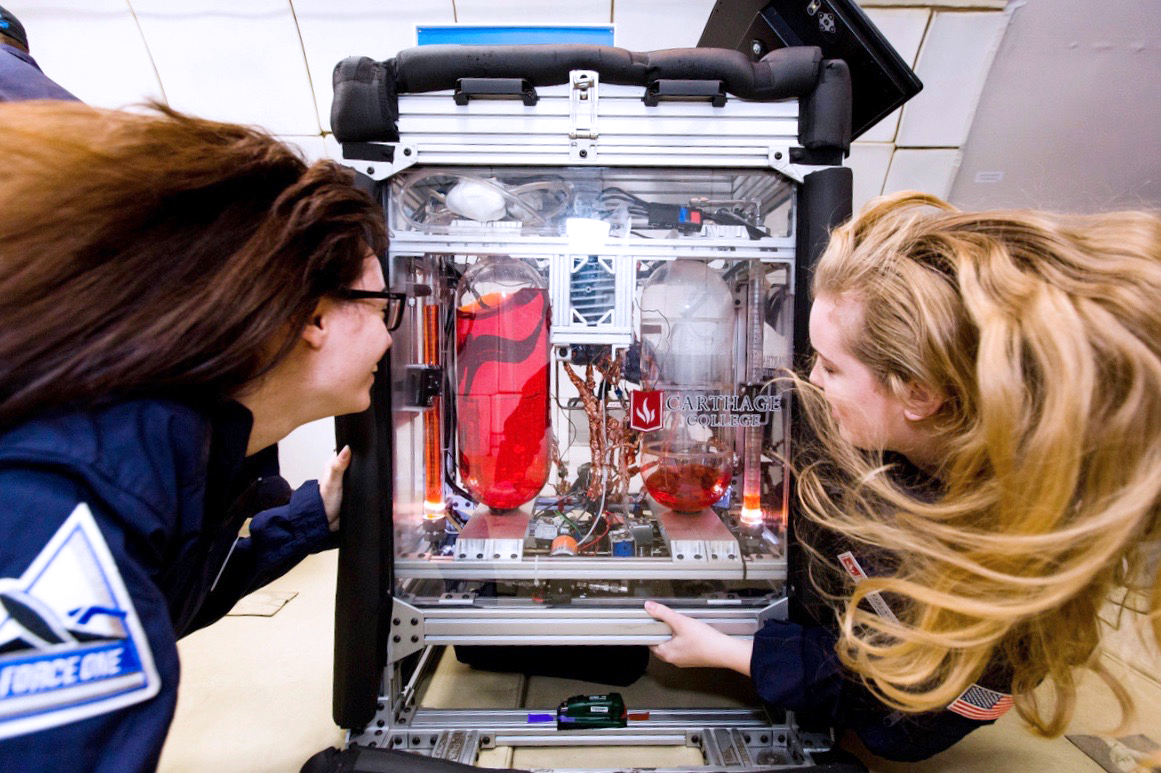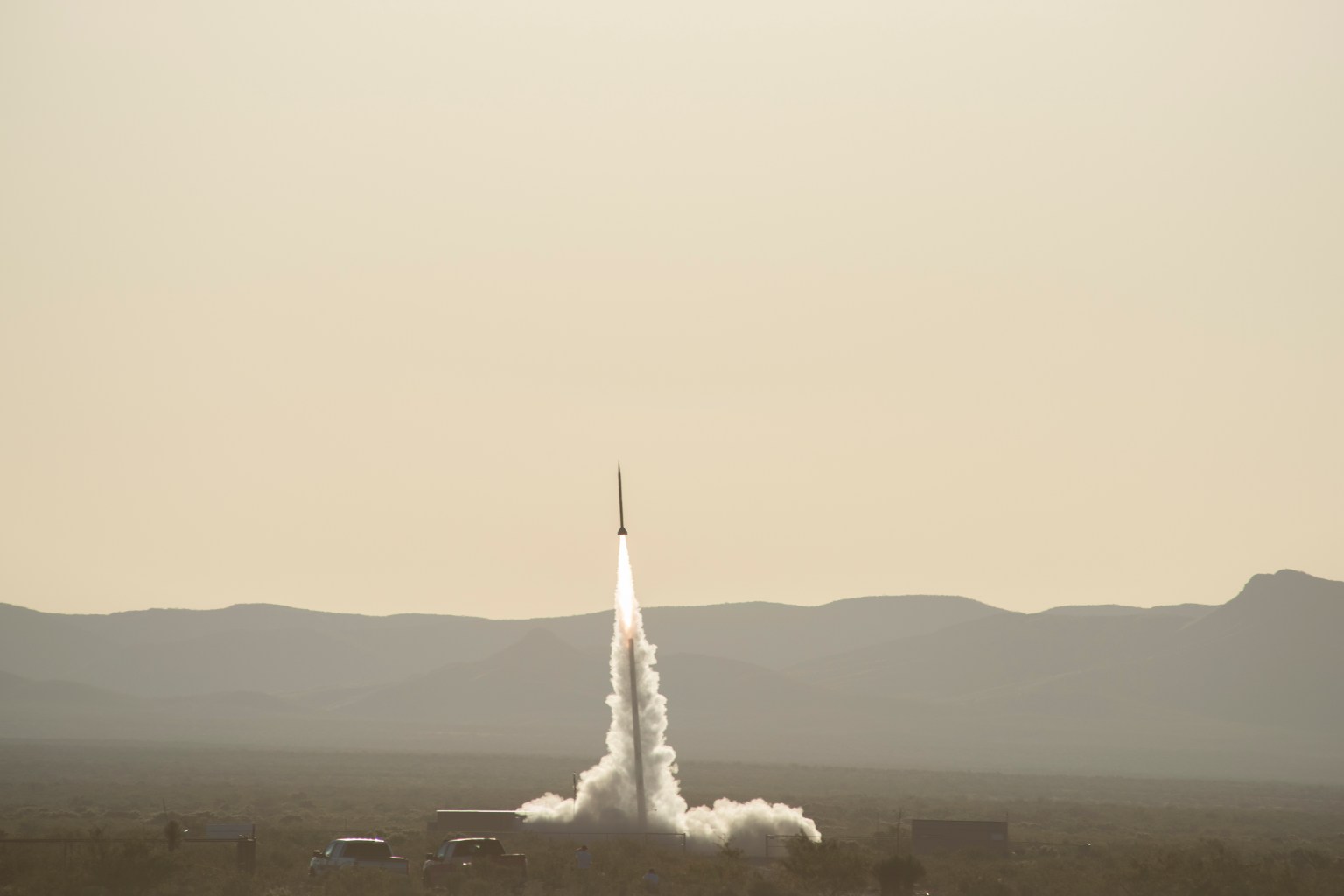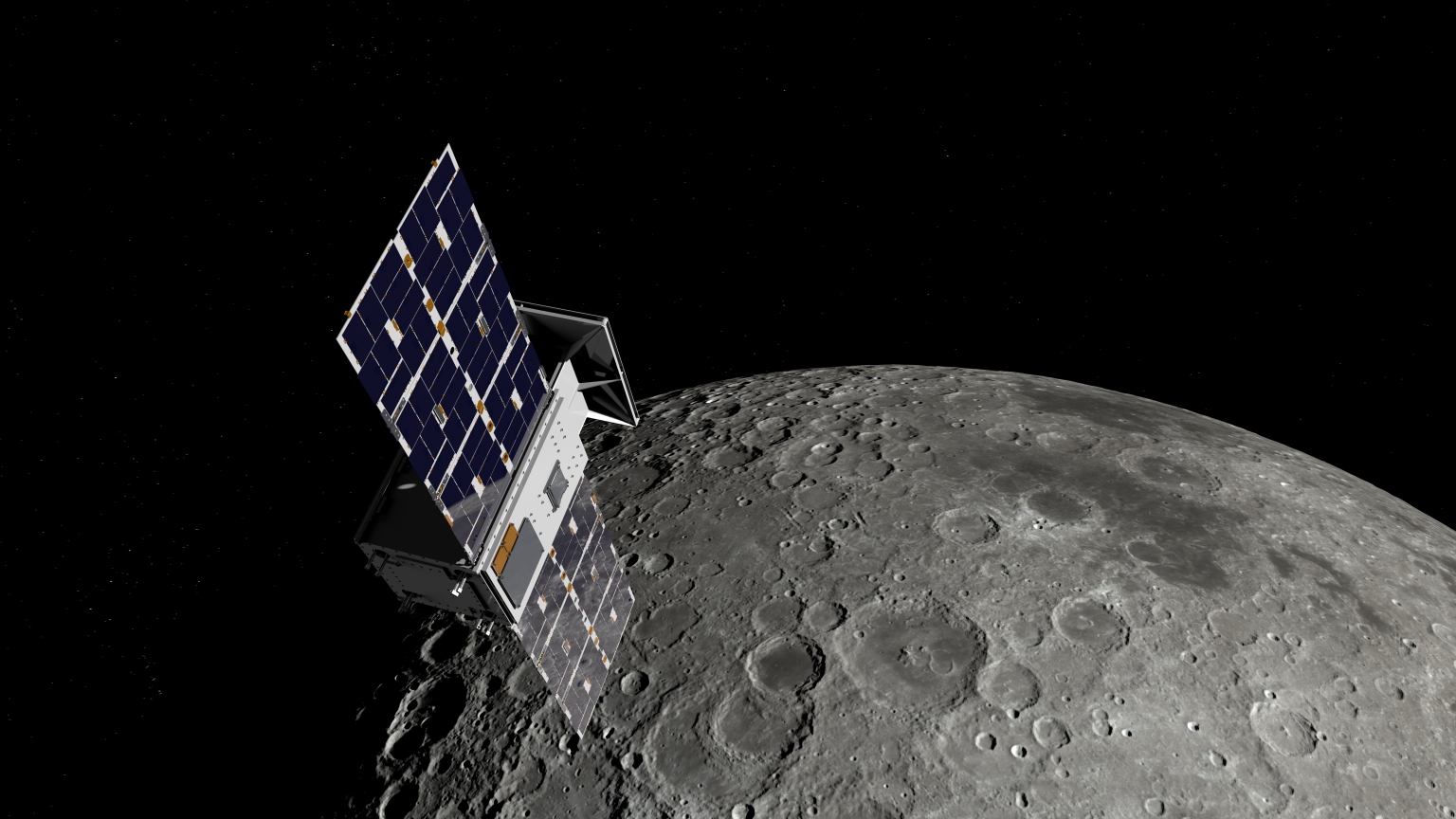From the International Space Station to the Moon, Mars, and beyond, infusion into space-based missions is a significant milestone for innovations tested and matured through NASA’s Flight Opportunities program. Such milestones highlight the impact of iterative testing on increasing the potential for successful implementation of these innovations — both in space and here on Earth. Over the years, many Flight Opportunities–supported innovations have made this transition. This page summarizes just a few of them.
From Flight Test to the Moon: A Tale of Three Payloads
FLIGHT TESTING: 2014–2024
The manifest of payloads aboard the Firefly Blue Ghost lunar lander includes three innovations that were advanced by NASA’s Flight Opportunities program. Flight testing aboard sounding rockets, high-altitude balloons, and rocket-powered landers helped research teams mature the technologies’ readiness and minimize the risk for future endeavors, such as this CLPS (Commercial Lunar Payload Services) mission.
Read about the Blue Ghost payloads tested through Flight Opportunities about From Flight Test to the Moon: A Tale of Three Payloads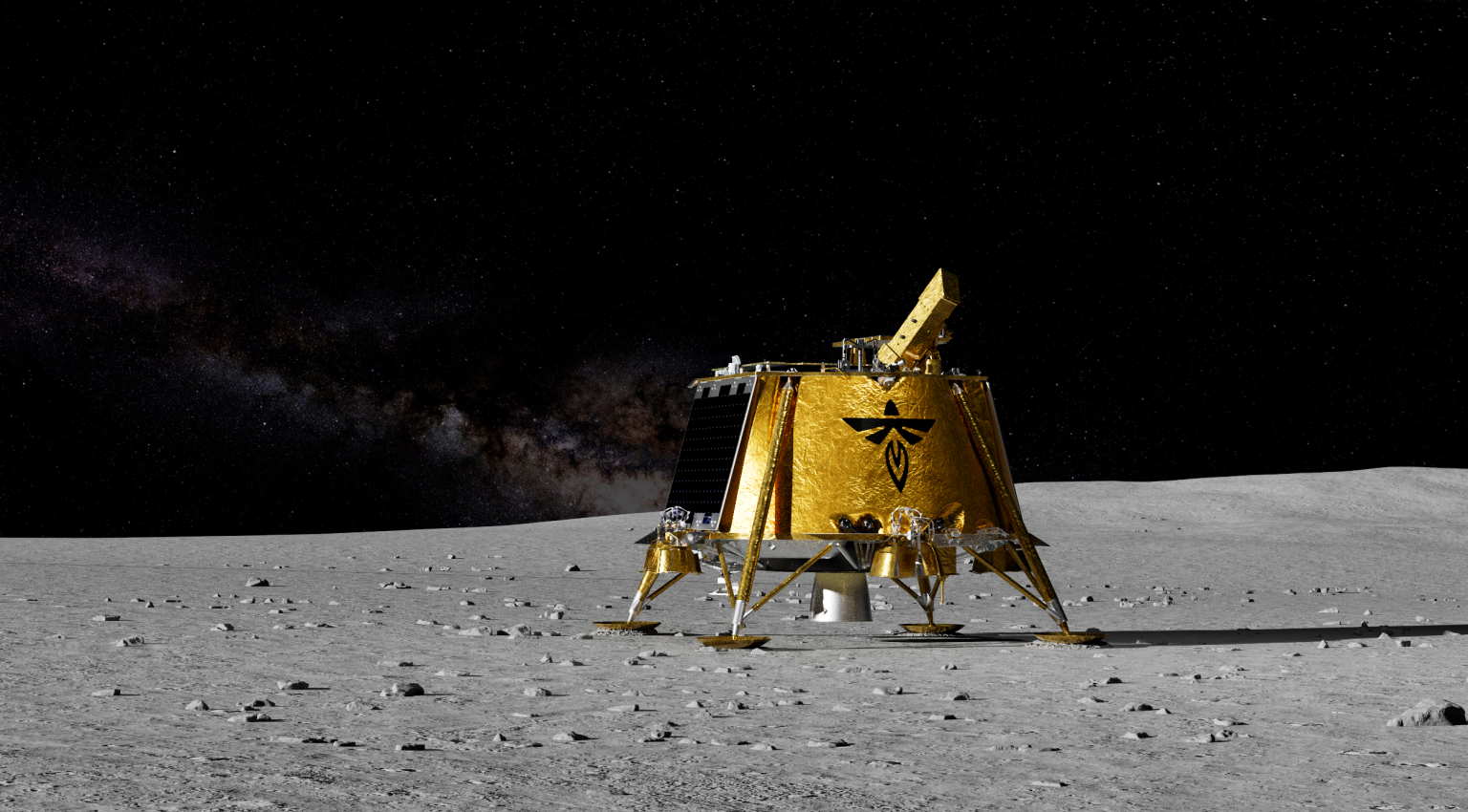
Additional Information
- PlanetVac: Regolith Sample Collection
- RadPC: Radiation-Tolerant Computing
- LuGRE: Leveraging Earth-Based GNSS Signals
Flight-Tested Technologies for Safety in Space Go to the Moon
FLIGHT TESTING: 2018–2024
When the Intuitive Machines Nova-C lander launched to the Moon on February 26, 2025, its commercial payloads included two technologies that were advanced by NASA’s Flight Opportunities program: the Automated Radiation Measurement for Aerospace Safety, known as ARMAS, and a miniature rover called the AstroAnt. During Intuitive Machines’ second lunar delivery under NASA’s CLPS (Commercial Lunar Payload Services) initiative, these two innovations will carry out tasks that hold promise for better protecting people and equipment as we venture farther and stay longer in space.
Read more about AstroAnt and ARMAS going to the Moon about Flight-Tested Technologies for Safety in Space Go to the Moon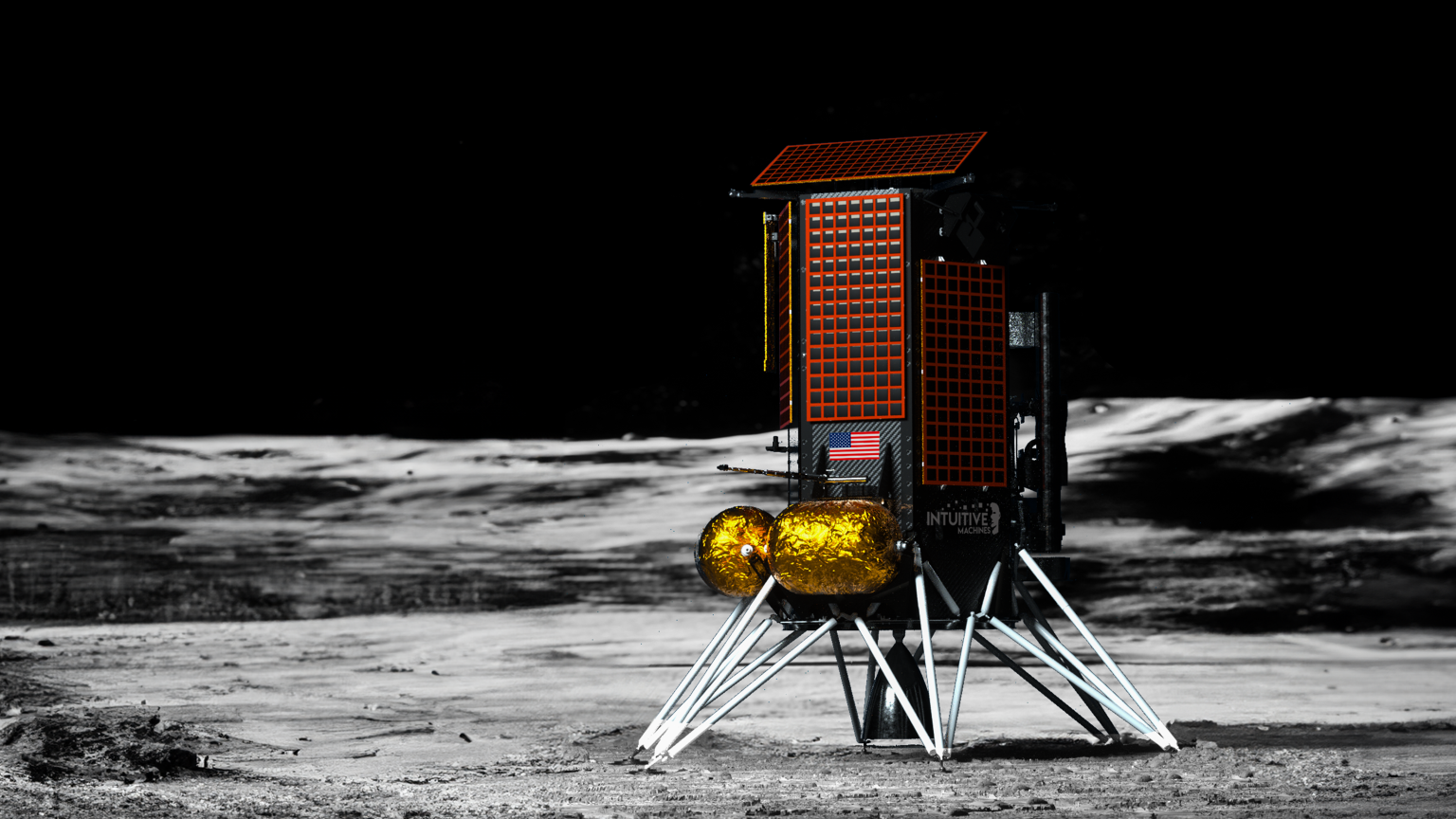
Additional Information
- ARMAS projects supported by NASA
- AstroAnt: Autonomous Robot Swarms for Lunar Orbit Servicing and Space Asset Assembly
Flight Tests Advance Commercialization of NASA Navigation Technology
FLIGHT TESTING: 2020 and 2025
Thanks in part to flight testing through NASA’s Flight Opportunities program and further tests at NASA’s Armstrong Flight Research Center in Edwards, California, Virginia-based Psionic company is putting a commercial spin on NASA-developed technology.
In 2016, Psionic licensed the NDL technology from NASA and has now created a miniaturized version with added functionality and component redundancies to make it more rugged for spaceflight. Future versions will include terrain contour matching for increased accuracy.
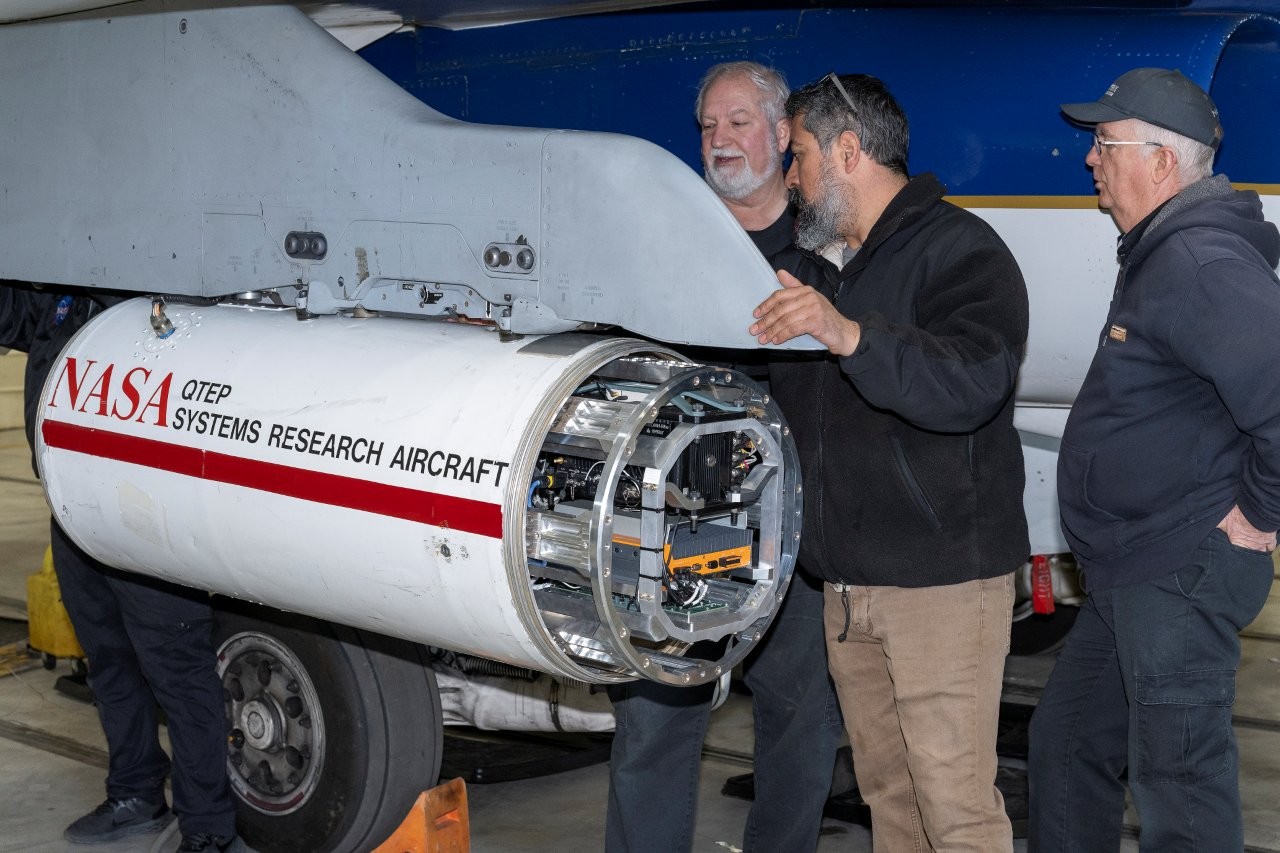
Precision Pointing Enables Deep-Space Communications
FLIGHT TESTING: 2013–2019
Controlled Dynamics Inc. (CDI) created a vibration isolation platform (VIP) to protect orbiting experiments from vibrations caused by their host spacecraft, other payloads, crew movements, or even their own equipment. Tests with Flight Opportunities in 2013 helped CDI’s technology earn a slot on the International Space Station in 2016. These flights were followed by a rapid series of tests aboard Blue Origin, UP Aerospace, and Virgin Galactic vehicles, allowing CDI to “fly-fix-fly” and make key advancements. The CDI platform went on to become one of the technologies that aided the extremely precise pointing required for the laser aboard NASA’s Deep Space Optical Communications (DSOC) technology demonstration, which launched on October 13, 2023, to successfully reach Earth from millions of miles away.
Learn more about the VIP-DSOC transition about Precision Pointing Enables Deep-Space Communications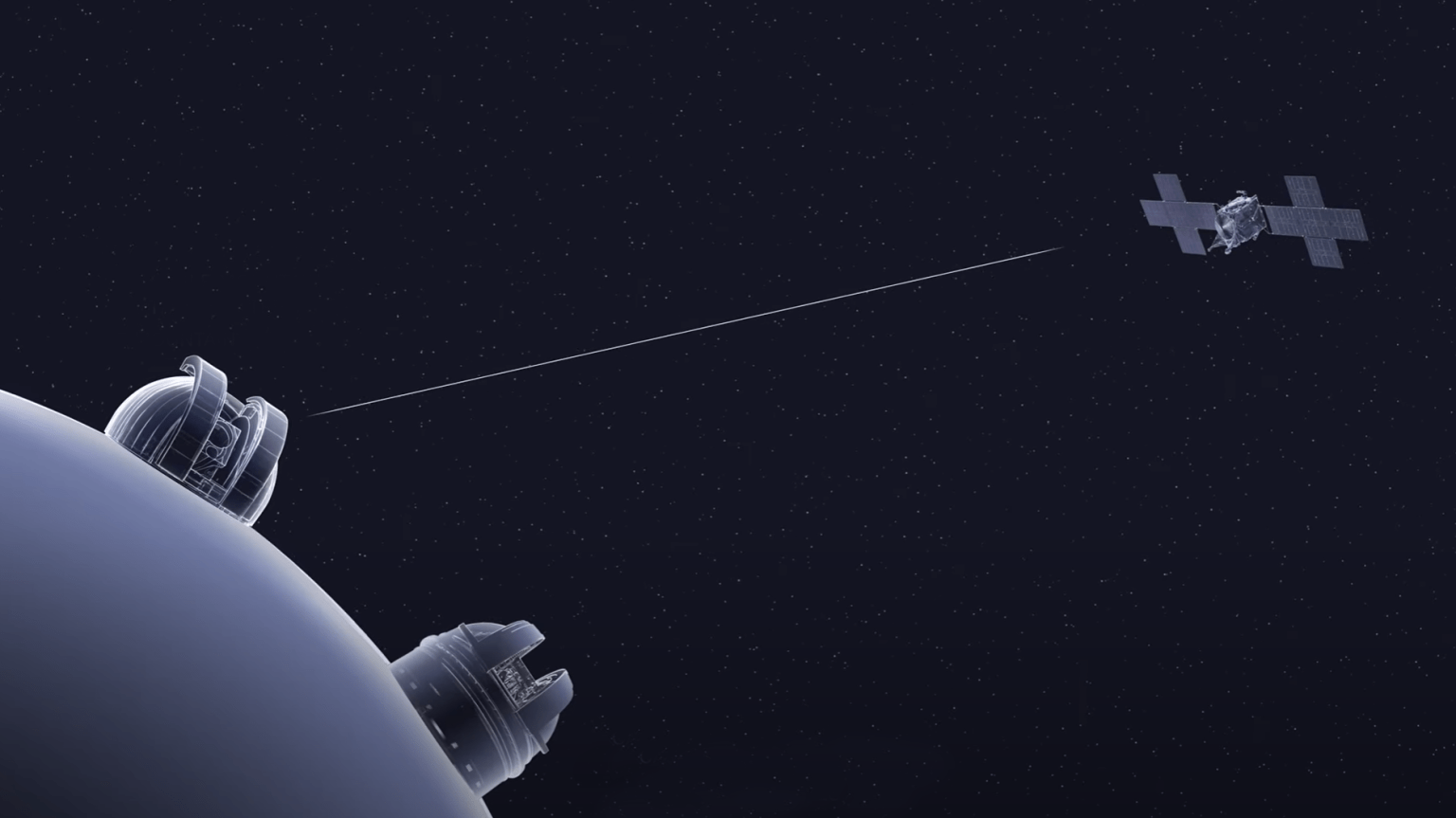
Additional Information
- Deep Space Optical Communications technology demonstration mission
- Vibration Isolation Platform Flight Opportunities project
Navigation Doppler Lidar (NDL) Goes to the Moon
FLIGHT TESTING: 2017
NASA’s NDL uses a laser to measure a spacecraft’s velocity and altitude during descent and landing, providing a lighter and more accurate option than radar-based systems for precision navigation and tightly controlled landing on the Moon or other destinations in the solar system. Developed at NASA’s Langley Research Center, NDL was tested on a commercial rocket-powered lander in 2017 via Flight Opportunities, advancing it for use in a wide range of landing missions including crewed lunar missions.
NASA selected the NDL technology as a payload on two Commercial Lunar Payload Services (CLPS) missions: the Astrobotic Peregrine Mission One that launched in January 2024 and the Intuitive Machines inaugural mission, IM-1, that launched and landed in February 2024.
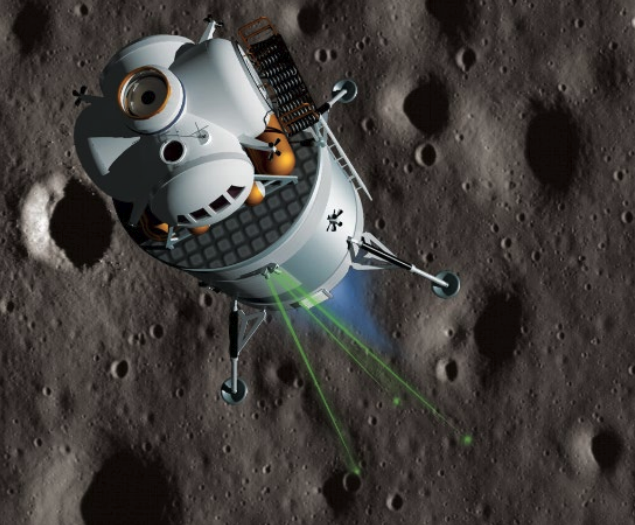
Parabolic Flight Tests Ensured OSIRIS-REx Was Ready for Asteroid Mission
FLIGHT TESTING: 2012
NASA’s successful effort to collect a sample from an asteroid and return it to Earth — known as the OSIRIS-REx mission — is a testament to the importance of suborbital flight testing. The OSIRIS-REx researchers matured their regolith sampling system in 2012 during parabolic flight testing provided through the Flight Opportunities program. During these flights, they evaluated their design and determined how much simulated asteroid rocks and dust the system could capture in reduced gravity.
Learn more about the OSIRIS-REx mission about Parabolic Flight Tests Ensured OSIRIS-REx Was Ready for Asteroid Mission
Additional Information
Radio Frequency Mass Gauge (RFMG): From Parabolic to Lunar Flight
FLIGHT TESTING: 2011
Developed at NASA’s Glenn Research Center, the RFMG propellant-quantity gauging technique accurately determines the amount of cryogenic propellant in a tank while in low gravity or under maneuver conditions where sloshing is an issue. Thanks in part to testing with Flight Opportunities, the technology was transferred to Intuitive Machines for integration on the company’s CLPS lander vehicle. During the 2024 IM-1 mission to the Moon, RFMG helped Intuitive Machines verify the propellant levels in the lander.
Read more about this spacecraft propellant gauge on a lunar lander about Radio Frequency Mass Gauge (RFMG): From Parabolic to Lunar Flight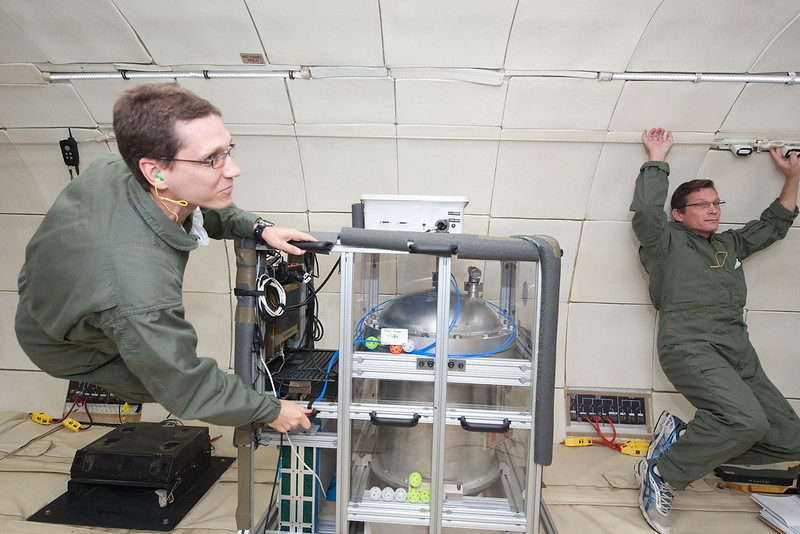
Additional Information
- IM-1 Mission
- Journey to the Lunar Surface: From Suborbital Flight Testing to Moon Mission (webinar)
- Six NASA Instruments Will Fly to Moon on Intuitive Machines Lander
- RFMG Flight Opportunities project
The DMEN Chronicles: Flight Testing Vision-Aided Navigation
FLIGHT TESTING: 2019–2025
The DMEN (Draper Multi-Environment Navigator) technology is a vision-aided system designed to help spacecraft land with greater precision in challenging space environments, like the Moon where GPS is not available. Using vision-based terrain-relative navigation technology, DMEN tracks features on the surface, detects hazards, and delivers precision location information during a spacecraft’s descent. Its small, self-contained system comprises sensors, cameras, and software.
The DMEN technology has advanced through a series of flight tests supported by NASA’s Flight Opportunities program, which helped it along the pathway toward landing on the Moon and helping astronauts while they work there.
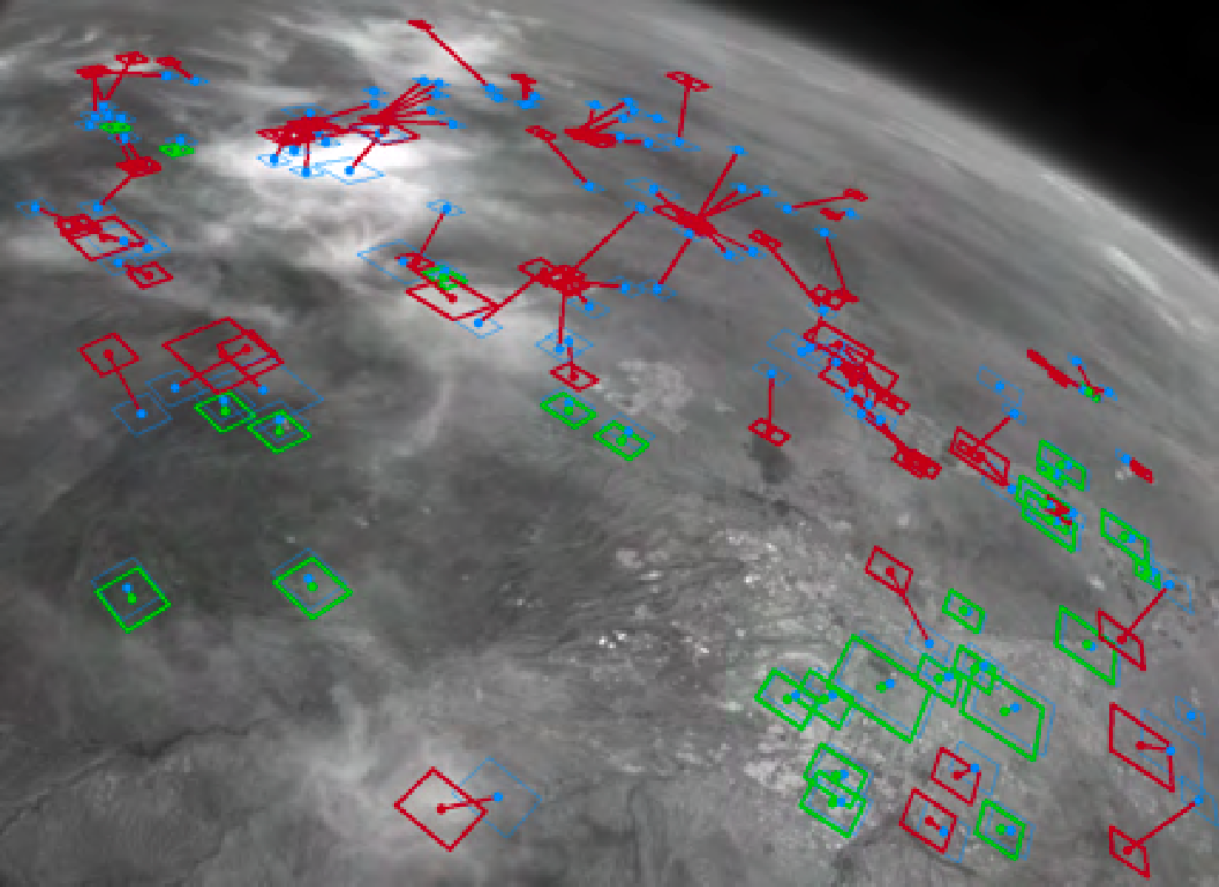
Hydrogen Electrical Power Fuel Cell Technology Advances via Flight Testing for Future Space Missions
FLIGHT TESTING: 2022
As part of a NASA Tipping Point award, Teledyne Energy Systems, Inc. conducted microgravity experiments on the water separation system of its Ejector Driven Reactant (EDR) hydrogen fuel cell on two parabolic flights supported by NASA’s Flight Opportunities program. Hydrogen fuel cells provide a potentially important remote power capability to enable NASA’s spaceflight endeavors. Optimizing the water management system’s performance in microgravity was key to maximizing the system’s durability and efficiency.
The 2022 parabolic flight enabled the company to test three different separator designs in reduced gravity, simulating the operating conditions for EDR fuel cell system. As a result of this testing, Teledyne Energy Systems was able to down-select a single design and then integrated it into its commercial space EDR fuel cell. That fuel cell is in development for use on Artemis and future commercial space missions and can also be configured to meet specialized load profiles.
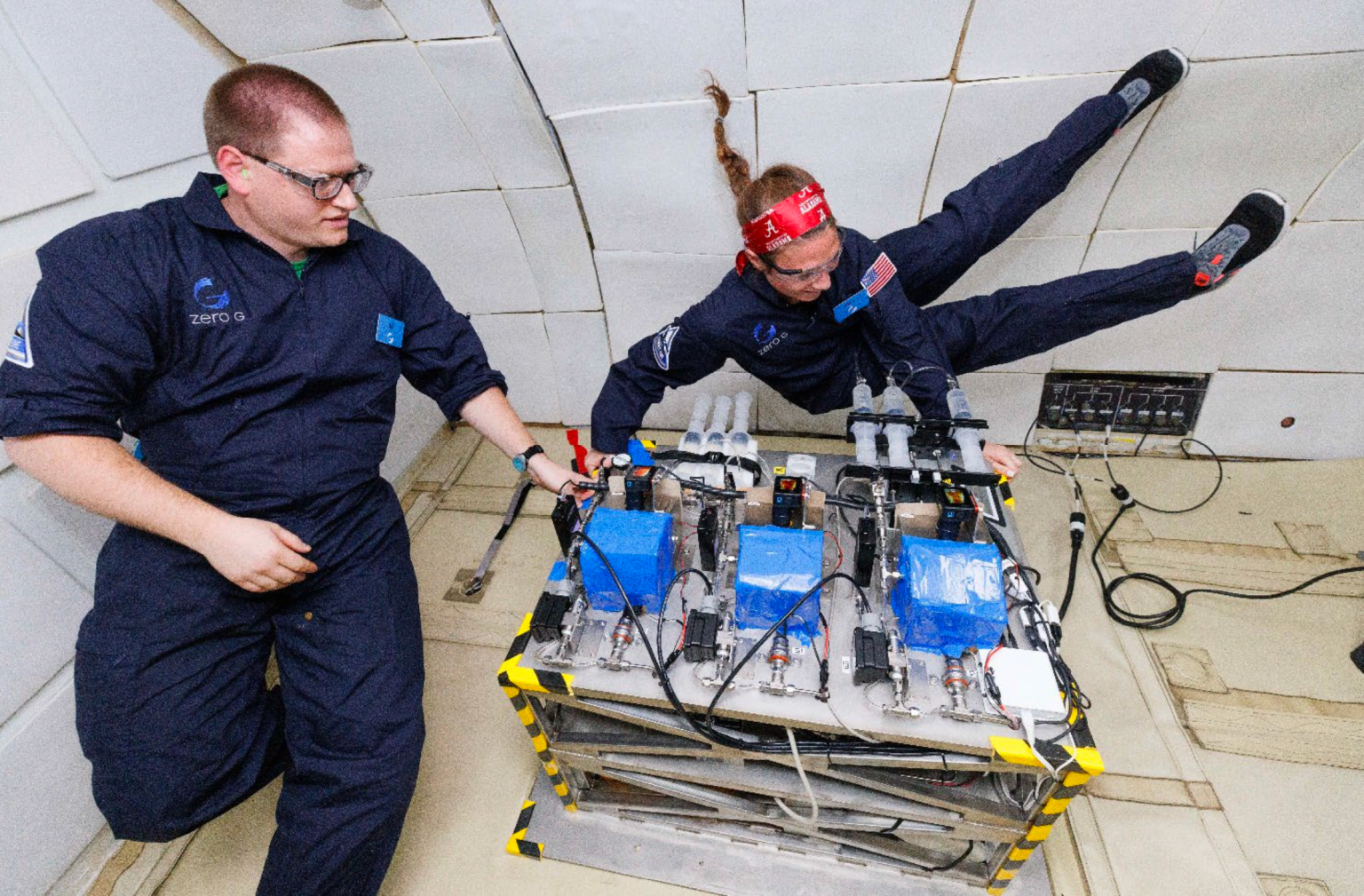
Advancing Fluidic Telescope (FLUTE) for Large Space Observatories
FLIGHT TESTING: 2022 and 2024
Designed for creating fluidic optical components to enable larger scale space telescopes and created by researchers from NASA’s Ames Research Center and Technion – Israel Institute of Technology, the FLUTE technology leverages the natural surface tension of liquids to form optical components of various geometries. Only possible in microgravity, this approach could advance space-based astronomy by deploying large fluidic components in place of lenses and mirrors fabricated on and launched from Earth, significantly reducing cost, construction time, and failure risk.
Through a variety of tests, including aboard parabolic flights through the support of Flight Opportunities, the FLUTE research team successfully created high-quality, smooth optical components with less time and cost than traditional manufacturing methods. In addition to a 2022 space station demonstration, FLUTE was selected for 2023 Phase I and 2024 Phase II NASA Innovative Advanced Concepts (NIAC) awards.
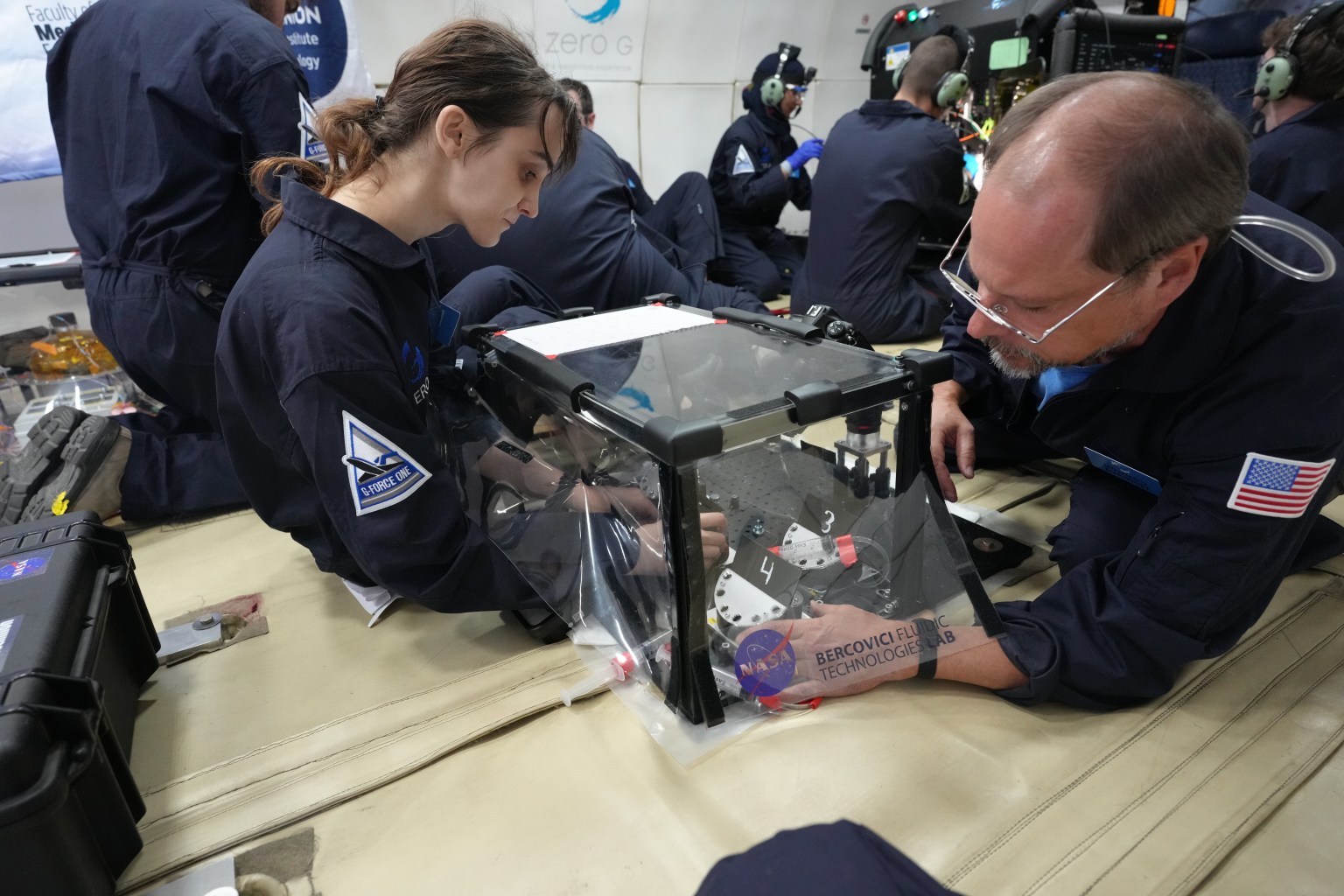
Additional Information
Improving Storm Prediction with Small Spacecraft Constellations
FLIGHT TESTING: 2014
NASA’s TROPICS (Time-Resolved Observations of Precipitation) mission launched in May 2023 with four CubeSats to gather data to understand the evolution of tropical cyclone intensity. The TROPICS CubeSats incorporate a technology that was tested in its early stages on Flight Opportunities–supported parabolic flights in 2014.
Referred to as a dual-spinning CubeSat bus, the MIT-developed technology enabled the use of microwave radiometers – previously used only on large satellites – on CubeSats about the size of a two-liter bottle. The Flight Opportunities testing was the first effort to demonstrate the CubeSat-sized spinning mechanisms in a microgravity environment. Now this capability is enabling TROPICS to demonstrate that Earth science data can be obtained with improved resolution, greater flexibility and reliability, and extremely low-cost launches.
Additional Information
Preparing Optical Fiber Manufacturing for the International Space Station
FLIGHT TESTING: 2020
Two technologies tested on parabolic flights — Space Fibers 3 from FOMS, Inc. and the Orbital Fiber Optic Production Module (ORFOM) from Mercury Systems — aim to enable automated, on-demand manufacturing of optical fibers in space. Both systems leverage NASA suborbital research that demonstrated superior fiber with significant performance improvements in ZBLAN optical fibers (short for zirconium barium lanthanum aluminum sodium fluoride) when manufactured in zero gravity compared to fibers produced in ground-based labs.
On July 16, 2022, both technologies transitioned to the International Space Station through NASA’s In Space Production Applications (InSPA) project to assess results and inform future hardware improvements and steps toward potential optical fiber manufacturing in space in the coming years.
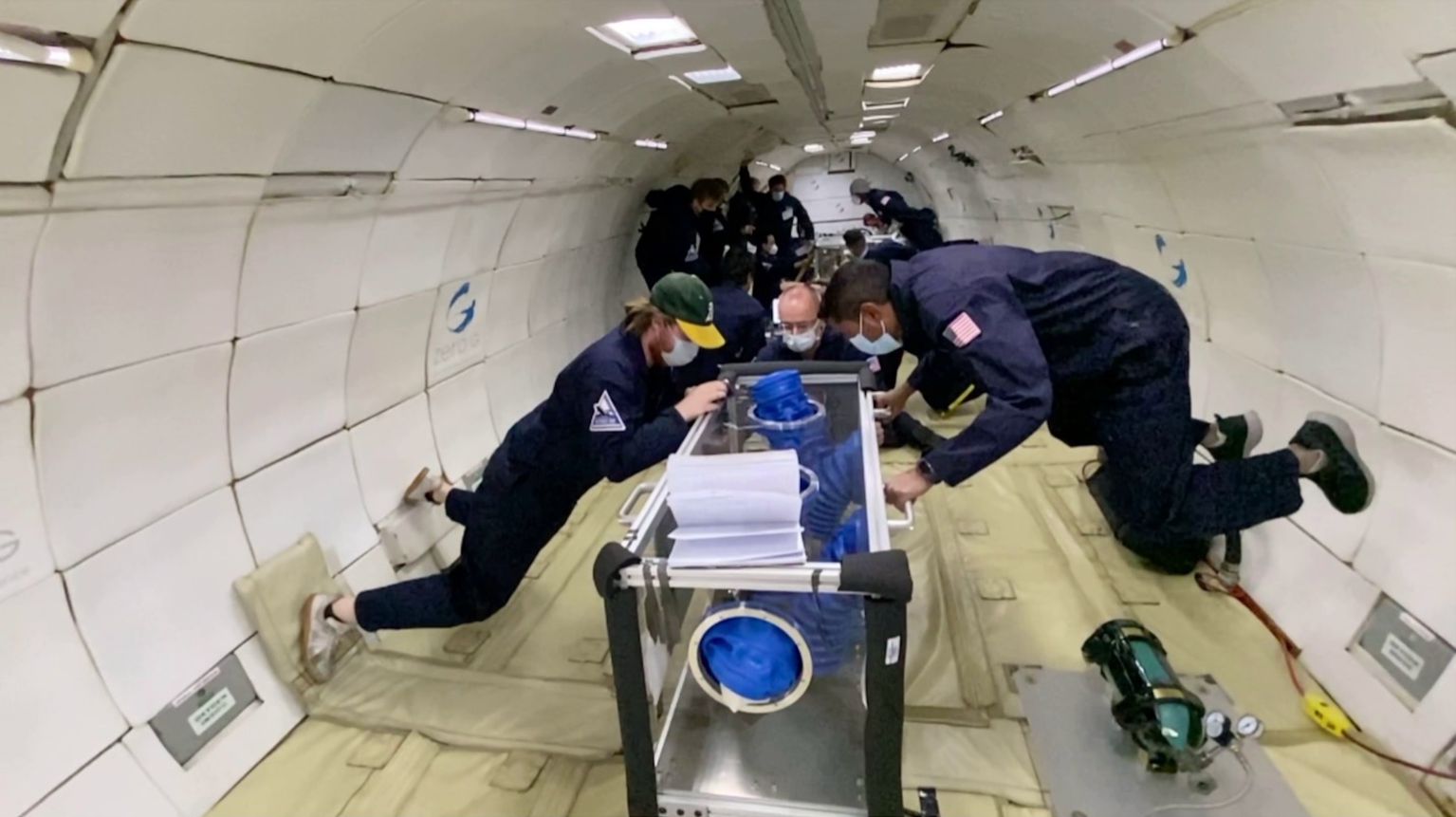
Additional Information
- NASA-Supported Optical Fiber Manufacturing Arrives at Space Station
- Space Fibers 3 Flight Opportunities project
- ORFOM Flight Opportunities project
Advancing Modal Propellant Gauging (MPG) for Space- and Earth-Based Applications
FLIGHT TESTING: 2016 and 2021
Carthage College’s MPG is a non-invasive, inexpensive, robust method designed to gauge settled and unsettled liquid propellant at resolutions of 1% for settled propellants and 2–4% for unsettled, sloshing propellants. The method was designed to address Space Launch System (SLS) rocket and Orion spacecraft architecture needs, which required in-space gauging accuracy of 1% for remaining propellant mass and leak detection.
After multiple suborbital flight tests supported by Flight Opportunities, Carthage College had commercial successes for MPG with Airbus (a one-year study in its zero-emission commercial passenger jet program), Seattle-based GeoJump, partnering with Spaceflight Inc. on its rideshare development, and NASA’s Commercial Lunar Payload Services (CLPS) contractor Intuitive Machines on its Nova-C lunar lander.
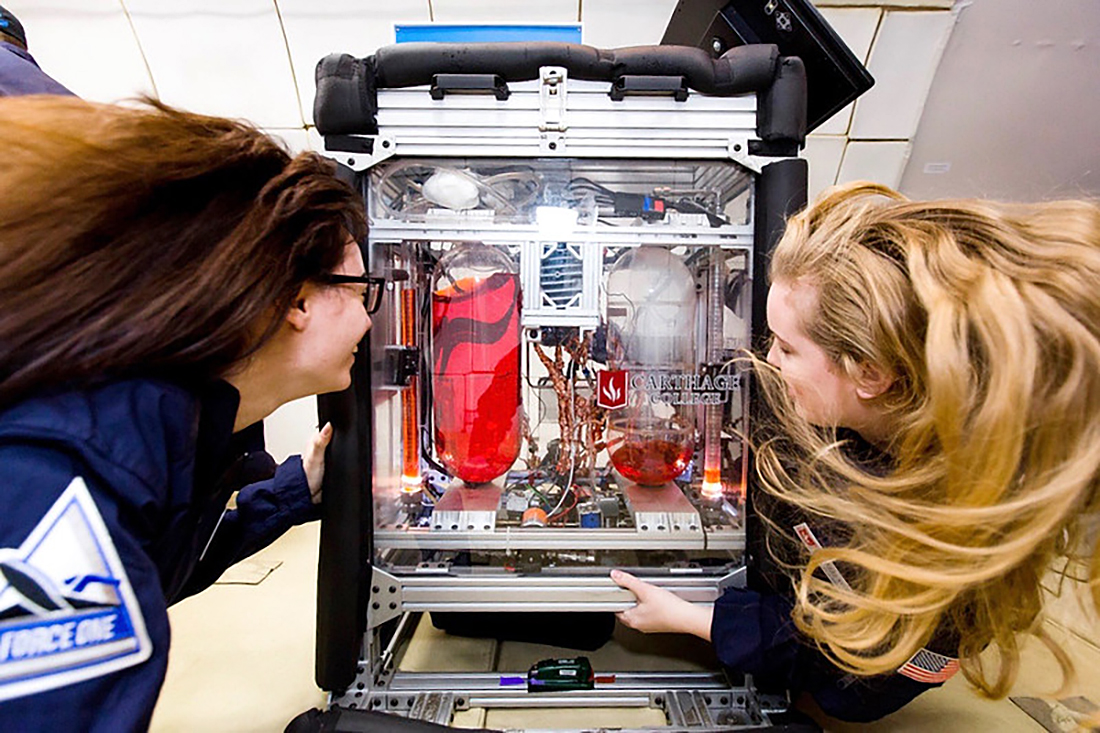
Additional Information
Maturing the Lander Vision System for NASA’s Mars Perseverance Rover
FLIGHT TESTING: 2017
NASA’s Lander Vision System (LVS) is based on a terrain-relative navigation (TRN) and hazard avoidance system that photographs the surface beneath a descending spacecraft and matches it with onboard maps to determine vehicle location while also looking for unmapped hazards. Thanks in part to Flight Opportunities–supported testing, the technology was infused into NASA’s Mars 2020 mission and played a critical role in the successful landing of the Perseverance rover on February 18, 2021. The LVS was used to guide the rover to a safe landing site at Jezero Crater – a scientifically interesting but geographically challenging stretch of terrain on the Red Planet.
Read about how LVS helped land the rover on Mars about Maturing the Lander Vision System for NASA’s Mars Perseverance Rover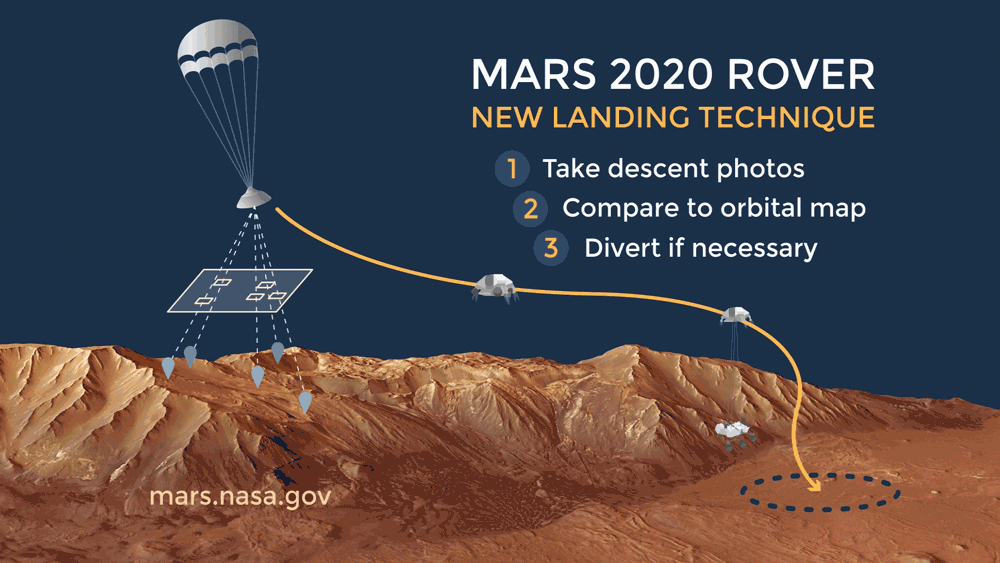
Additional Information
3D Printing with Lunar Regolith
FLIGHT TESTING: 2011–2015
A 3D printing project from Redwire Space is helping to advance practices for in-situ resource utilization for additive manufacturing of parts, tools, and structures on the lunar surface. Astronauts will use the station’s Made In Space Additive Manufacturing Facility (made possible in part through testing with Flight Opportunities) to demonstrate the Redwire Regolith Print (RRP) 3D printing suite as well as use of a regolith simulant as the feedstock. (Redwire acquired Made In Space in 2020.)
Read about Redwire’s effort to 3D print with lunar regolith about 3D Printing with Lunar Regolith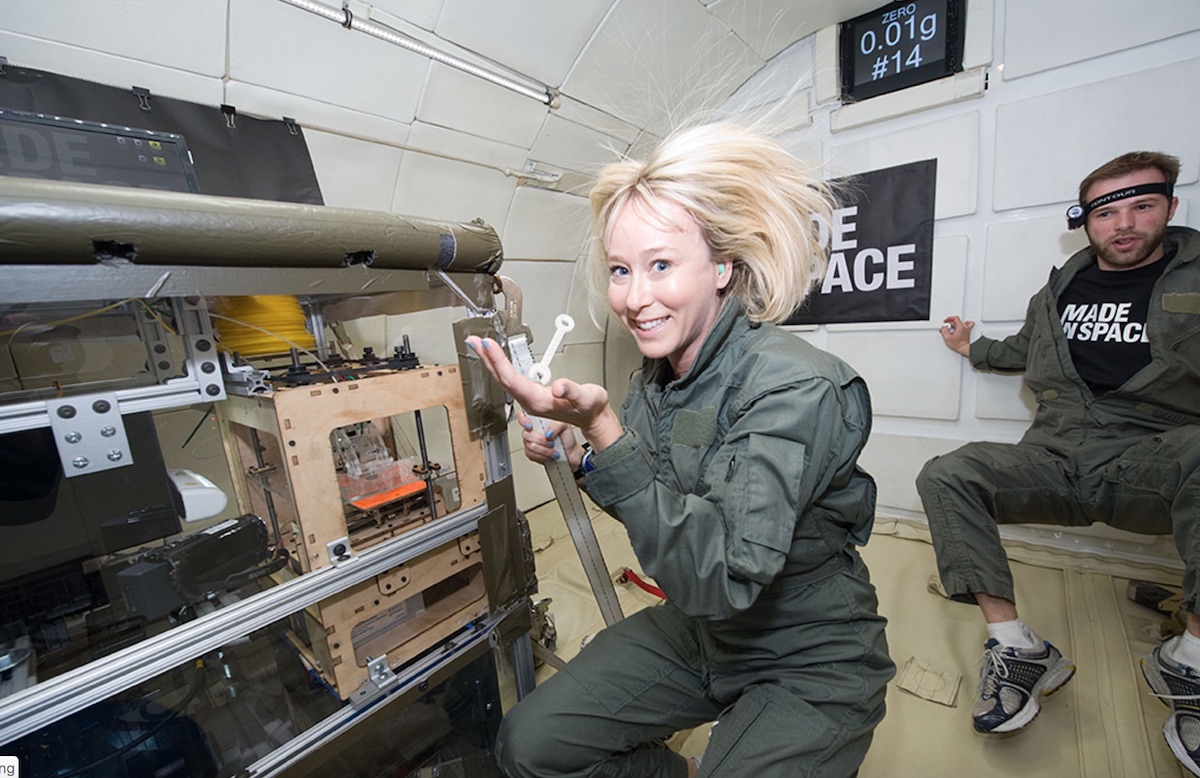
Additional Information
- Another American High Frontier First: 3-D Manufacturing in Space
- Made In Space Flight Opportunities projects
Studying the Role of Destructive Protein Clusters in Neurodegenerative Diseases
FLIGHT TESTING: 2021
The ring-sheared drop (RSD) experiment from Rensselaer Polytechnic Institute and NASA’s Marshall Space Flight Center aims to help researchers understand the formation of potentially destructive protein clusters and their role in neurodegenerative diseases, including Alzheimer’s and Parkinson’s. Work on the ISS will pick up from a previous version of the experiment that encountered operational challenges. The research team leveraged parabolic flights supported by Flight Opportunities, which were instrumental to returning the experiment to the station with high confidence of success.
Read more about the RSD experiment on the International Space Station about Studying the Role of Destructive Protein Clusters in Neurodegenerative Diseases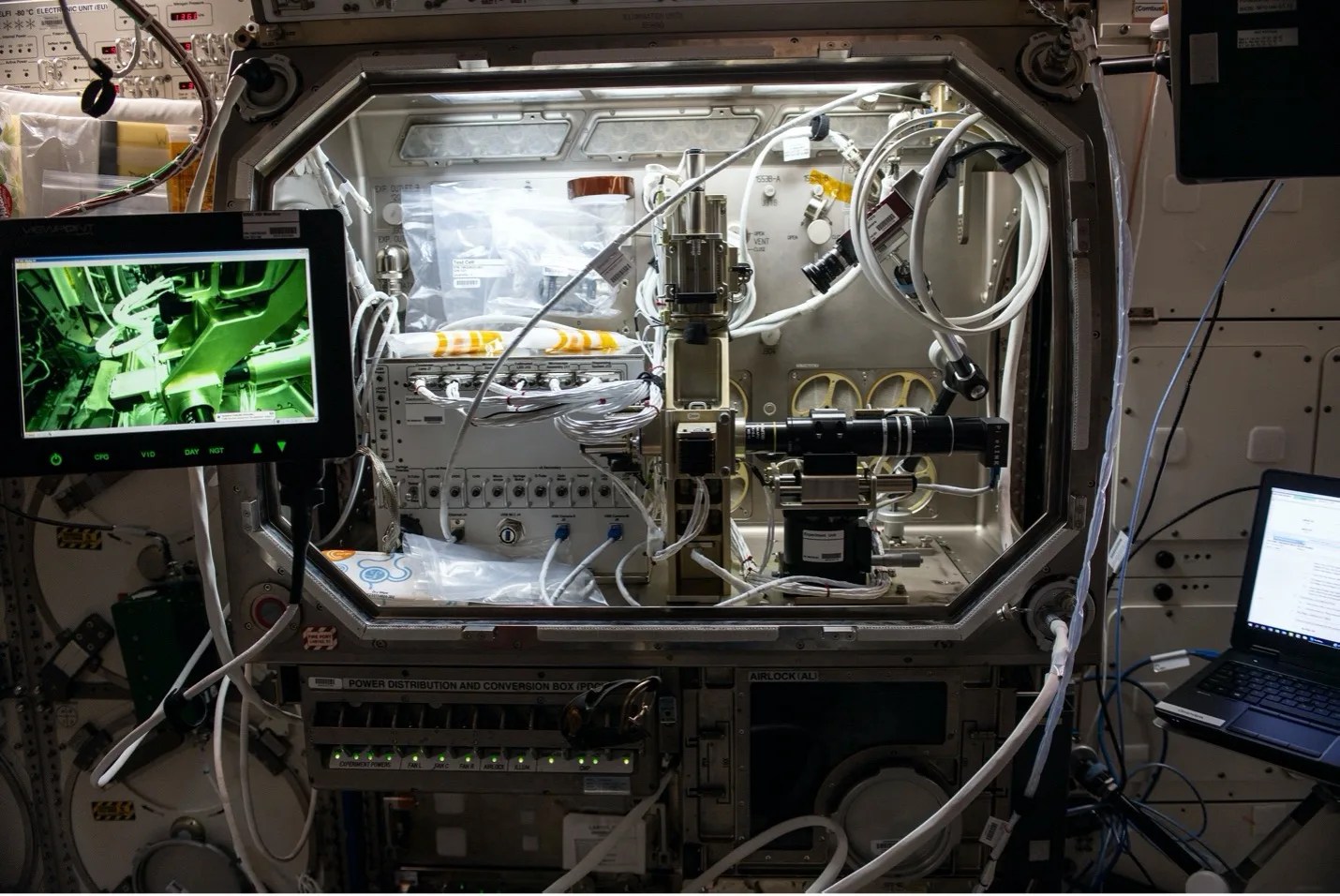
Additional Information
Learn More and Get Involved
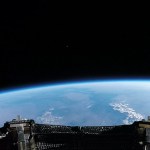
Commercial Flight Providers
When non-U.S. government researchers compete for funding through the Flight Opportunities program's TechFlights solicitation, they can propose to use any viable U.S.-based commercial provider. For U.S. government research, NASA has IDIQ (Indefinite Delivery/Indefinite Quantity) contracts with several flight services vendors.








